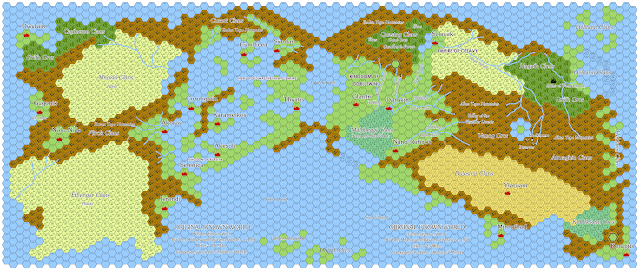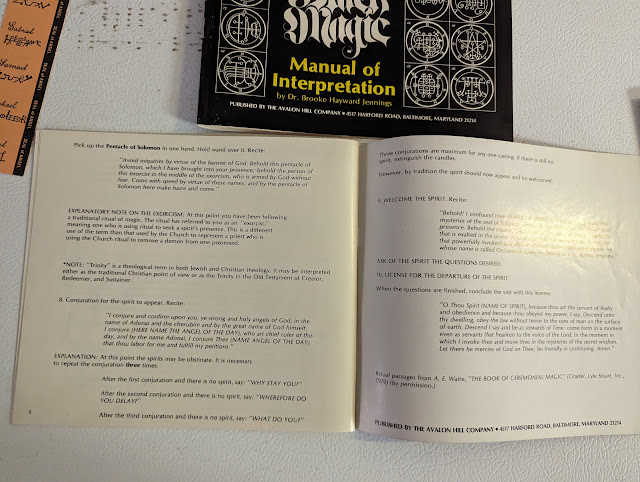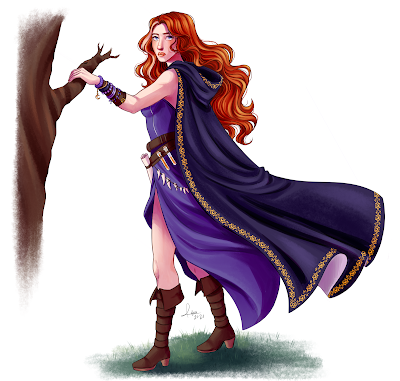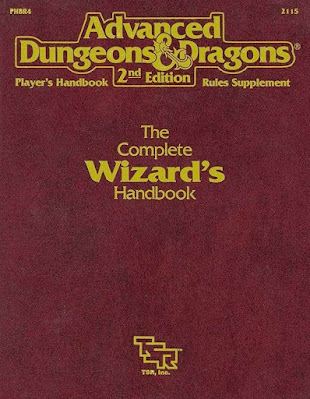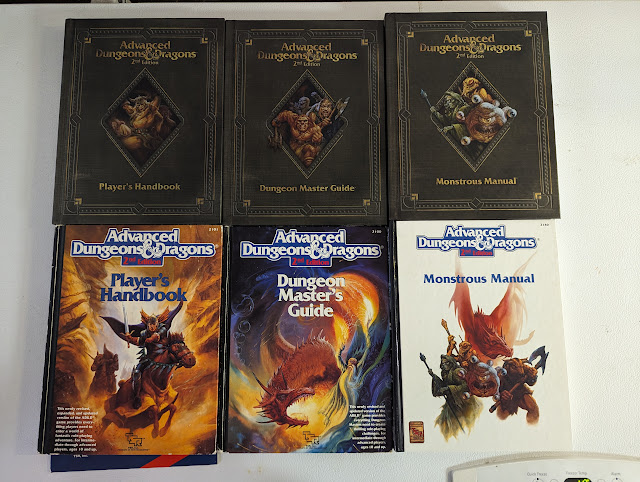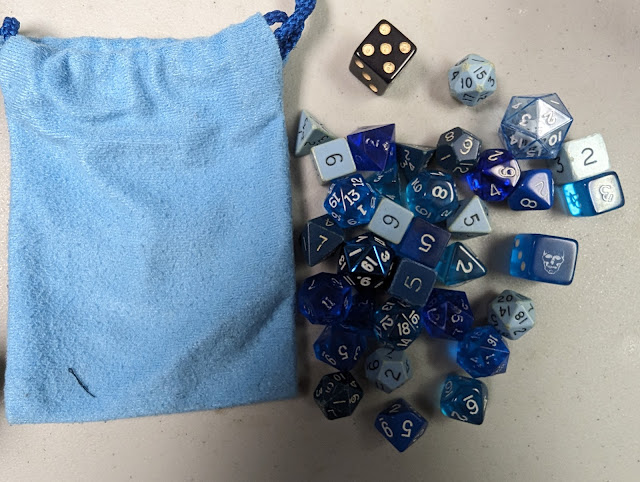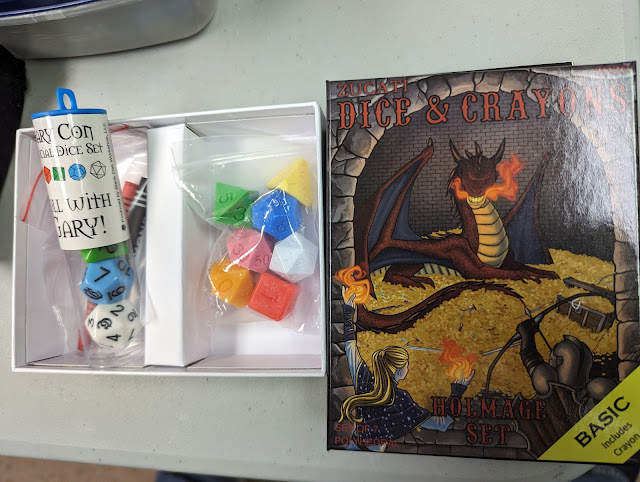Psychics Save the Free World!
 A line of cars, black, with the Stars & Stripes fluttering from the bonnet. The scene jumps. A cheering crowd, flags in their hands, waving. A band strikes up with anthem that always announces his arrival. Men in black, sunglasses hiding their eyes, but you know they are looking. Are they looking for you? You look up. The man in the suit. Striding. Waving. Grinning to the crowd, but not to you. The scene jumps again. Looking at the man. Looking at where you are, but from far away. It jumps again. Hands move quickly. They know what they are doing. There is something in those hands. Is it a device? A trigger? A rifle? There is bang. Close to you. The scene jumps. There are screams. People are running. You cannot see the man… Oh my god! Is it real? Will it be real? Will you be there? Fortunately, this is a vision, a premonition, it has not happened. Yet. But it might. Someone really wants to assassinate the President of the United States and the someone is the USSR. Nobody is going to believe you though, nobody except your fellow psychics in the program. Certainly not since the head of the program was killed in a car crash—why did nobody see that coming?—and funding from the US government got cut… Now it is just you, armed with your premonitions, which stands between you and the death of the leader of the free world and the consequences that would have.
A line of cars, black, with the Stars & Stripes fluttering from the bonnet. The scene jumps. A cheering crowd, flags in their hands, waving. A band strikes up with anthem that always announces his arrival. Men in black, sunglasses hiding their eyes, but you know they are looking. Are they looking for you? You look up. The man in the suit. Striding. Waving. Grinning to the crowd, but not to you. The scene jumps again. Looking at the man. Looking at where you are, but from far away. It jumps again. Hands move quickly. They know what they are doing. There is something in those hands. Is it a device? A trigger? A rifle? There is bang. Close to you. The scene jumps. There are screams. People are running. You cannot see the man… Oh my god! Is it real? Will it be real? Will you be there? Fortunately, this is a vision, a premonition, it has not happened. Yet. But it might. Someone really wants to assassinate the President of the United States and the someone is the USSR. Nobody is going to believe you though, nobody except your fellow psychics in the program. Certainly not since the head of the program was killed in a car crash—why did nobody see that coming?—and funding from the US government got cut… Now it is just you, armed with your premonitions, which stands between you and the death of the leader of the free world and the consequences that would have. This is the set-up for Project Cassandra: Psychics of the Cold War, a roleplaying of secret government projects and conspiracies in which the psychically gifted, trained as part of a program to spy on the Soviets, are the only ones who know that the President of the United States’ life is in danger. Except, of course, for those involved in the conspiracy to assassinate him. Published by LunarShadow Designs as part of ZineQuest #3 following a successful Kickstarter campaign, it is designed to be played as a one-shot, of the Player Characters responding to the premonition and attempting to prevent it from happening, but it can be played as a longer campaign and it need not be about the assassination of the President. There are plenty of pinch points throughout the Cold War, from the Hungarian Uprising and the Bay of Pigs to the Moon landings and the stationing of Pershing missiles in Germany, which serve as inspiration for Project Cassandra: Psychics of the Cold War.
However, given its subject matter, what inspires Project Cassandra: Psychics of the Cold War is not the obvious cinema and television of the period. So instead of dark psychological thrillers or the constant dread of all too many of those who lived through the era, it takes its inspirations from lighter fare. The question is, what exactly is that inspiration? If not The Manchurian Candidate or The Parallax View, or similar films and television series, the most obvious inspirations, what then? These after all, are not only great cinema, but also great inspiration in terms of tone and atmosphere. Unfortunately, Project Cassandra: Psychics of the Cold War does not include a bibliography and that is a serious failing. So why not dark psychological thrillers or the constant dread? The simple answer is Safety Tools. This is not a criticism of Safety Tools in general. They deserve a place in the roleplaying hobby and they deserve a place in Project Cassandra: Psychics of the Cold War since it is set in the past when negative social attitudes were rife. Yet to ignore the inspirations for its inspiration means that Project Cassandra: Psychics of the Cold War is really doing a disservice to its audience. It should not only have included them, it should have included them as an option and allowed the Game Master and her players to make that choice given the genre of Project Cassandra: Psychics of the Cold War.
A Player Character in Project Cassandra has an Identity, a Background, ten Skills, several Knowledges or areas in which he is an expert, and a single, unique psychic power. The Skills are divided between three categories: Mental, Physical, and Specialist. The Skills can be anything that a player likes, but the Mental and Physical, skills are broad, whereas the Specialist skills are fairly narrow. To create a character, a player assigns a Rank value of one to one of the three categories, and a Rank value of two to the remaining pair. The player assigns four Skills to one category and three skills to each of the other two. The Player Character starts with a single Knowledge. It has no numerical value, but is used once per session to introduce a fact or truth related to the Knowledge into the game.
Identity: Maureen Herslag
Background: Housewife
Premonitions: 14
Mental – 2: Intimidation, Haggle, Chutzpah, Being Nosy
Physical – 2: Cleaning, Look Anonymous, Dodge, Athletics
Specialist – 1: Pistols, Self Defence,
Knowledge: Cookery
Power: Yesterday
Project Cassandra uses what it calls the Precognition Engine. To undertake an action, a player must roll six six-sided dice and obtain as many successes as he can. Each roll equal to or under the value of the skill counts as a success. The difficulty and the number of successes that a player has to roll varies between one and seven, the latter being almost impossible. Successes can also be spent to overcome a challenge, such as picking a lock or punching out a senator’s aide/Communist sympathiser, representing both the amount of effort it takes and the amount of time it takes. It might be done in a single action, or it might take several. A failed roll will result in a Player Character suffering a consequence, typically a narrative consequence, but it can also be a condition, such Paranoid or Bloodied. A player can choose to suffer a Condition in order to gain an extra success, meaning that it has come at some cost. A Condition can increase the difficulty or it can make a Player Character’s Premonitions more difficult to use.
A Player Character starts play with fourteen Premonitions. These represent his ability to see the immediate future and can be used to reroll any dice that did not roll successes. They recover slowly, at a rate of one Premonition per night of rest. A Player Character’s tenth and fifth Premonition is special. It grants the Player Character a more detailed vision of the future, specifically about the next scene. A Premonition is also used to activate a Player Character’s power. Most people will be unaware of psychic powers, but some are Nulls, who have no psychic footprint and who can negate a Player Character’s power if it is used directly on them. The conspiracy does employ Null agents as well as psychic agents.
The set-up to Project Cassandra is intended to be fairly freeform. It begins with the players and the Game Master building a conspiracy. Together they create an Opening Vision and answer some Conspiracy Questions. This should set the era, the nature of the conspiracy, and so on. Typically, this will involve the assassination of the President. For example, ‘How will the President be killed?’, ‘Where will the attack take place?’, and ‘Why will the world believe you are responsible?’. Project Cassandra incudes some sample questions, an example of play, and good advice for the Game Master on running the game and what Safety Tools to use. There are notes too on running longer term conspiracies—longer than four sessions—but they are fairly brief.
Besides five ready-to-play Player Characters, Project Cassandra includes two Mission Profiles, also ready to play. The Opening Vision of ‘Ich bin ein Berliner’ sees President Kennedy assassinated in Berlin in June 1963, and starts with a bang for the Player Characters, whilst ‘The Dark of the Moon’ is pulpier in tone, asking the Player Characters to confront what hidden secrets Apollo 12 brought back from the Moon. Both come complete with questions to set the stakes and details of the conspiracy.
Physically, Project Cassandra: Psychics of the Cold War is generally well presented and nicely illustrated. However, it could have been much better organised and it takes a while to work out quite what is going on. Once done, the roleplaying game is easy to grasp. The other aspect of the roleplaying game which could have been made clear on the cover is the fact that it is a storytelling game.
Project Cassandra: Psychics of the Cold War is in need of a bibliography and really some general background about the period, because not everyone is going to be familiar with it. However, for those that are, Project Cassandra: Psychics of the Cold War does have an enticing set-up. That though is far as it goes, for Project Cassandra: Psychics of the Cold War is storytelling game, and the uncovering of the conspiracy and the prevention of it coming to fruition as well as the set-up depends on both players and Game Master working together. For the most part, Project Cassandra: Psychics of the Cold War is best suited for a group which has some experience with storytelling roleplaying games and some understanding of the period.







